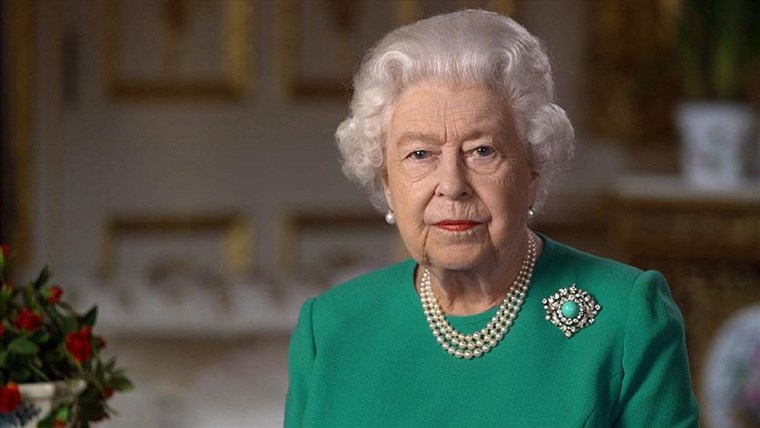Boiling any life story down to an hour can be tricky. Now try the story of Queen Elizabeth II (ashown here).
“Her life is so vast in so many ways,” Tom Jennings said by phone.
His richly detailed film, “Being the Queen,” debuts at 9 p.m. Monday (Aug. 31) on the National Geographic Channel. That follows a 7 p.m. rerun of his previous “Diana: In Her Own Words.”
Yes, Diana is part of the story; Jennings paraphrases a comment by Robert Lacey, one of the queen’s biographers: “He said, ‘Look at all the problems (the Queen has) had. They have all been about love and marriage and sex.’”
You could call it a three-phase life. An early change was caused by someone else’s royal romance.
That first phase was what many people would envy – being a princess, without having to worry about ever being queen. Then her uncle fell in love with Wallis Simpson, a twice-divorced American, and abdicated the throne. Elizabeth was 10 when her father became King George VI, Jennings said. “Margaret (her younger sister) told her: ‘It means one day you’ll be queen.’”
But it would presumably be a distant day, considering her family’s history. As screenwriter Peter Morgan told the Television Critics Association when his “The Crown” debuted in 2016: “The Windsors have a tradition of living a long time.”
George’s father had lived to 70, his mother to 85, his great-grandmother (Queen Victoria) to 82; indeed, his wife would live to 101. His daughter Elizabeth married Prince Philip at 21, had her first two children at 22 and 24, and saw an uncomplicated future.
“She could quite reasonably have expected 20, maybe 30 years as a young woman married to a young naval officer, (living) somewhat out of the public eye in Malta,” Morgan told the TCA.
She was 25 when their first royal tour began in Kenya, Jennings said. “They were only gone for six days” when she was awakened with the news: Her father has died at 56; she was Queen.
She hadn’t expected it, Jennings said, but she was prepared. She had been close to her father, a shy man who had quietly coached her on royal details. “She wanted to live by the noble motto, ‘I serve.’”
Elizabeth, now 94, would do it quietly, avoiding big gestures – sometimes to her own harm. In 1966, a mountain broke loose in Wales, killing 116 children and 28 adults. Elizabeth declined to visit … then did, eight days later. Some 36 years after that, she would call the delay her “biggest regret.”
But by then, it had been mirrored by another delay.
For years, Elizabeth’s life had had been tangled by those troubled royal romances – first her uncle, then her sister, her middle children (Anne and Andrew) and, especially, her eldest son. “Charles and Diana – it doesn’t get any crazier than that,” Jennings said.
They divorced in 1996 and she died in a car accident the next year. The public went into instant mourning … but the queen remained in her Scottish castle, without public comment.
Many people insisted she return to London. Jennings points out that she was with Diana’s grieving sons, plus their father and grandfather. “Why would she want to pull them out and rush them back?”
When she did return, five days later, the reaction was telling. As Elizabeth walked alongside a mountain of flowers left for Diana, Jennings said, a woman handed her some more. The queen “said, ‘Would you like me to place them there for you?’ The woman said, ‘No Mum, they’re for you.’”
It was a surprise, Jennings said, for someone who followed the “I serve” instinct. “The ice melted a bit …. Even though she had the best poker face in the world, at that moment you could see the emotion.”
